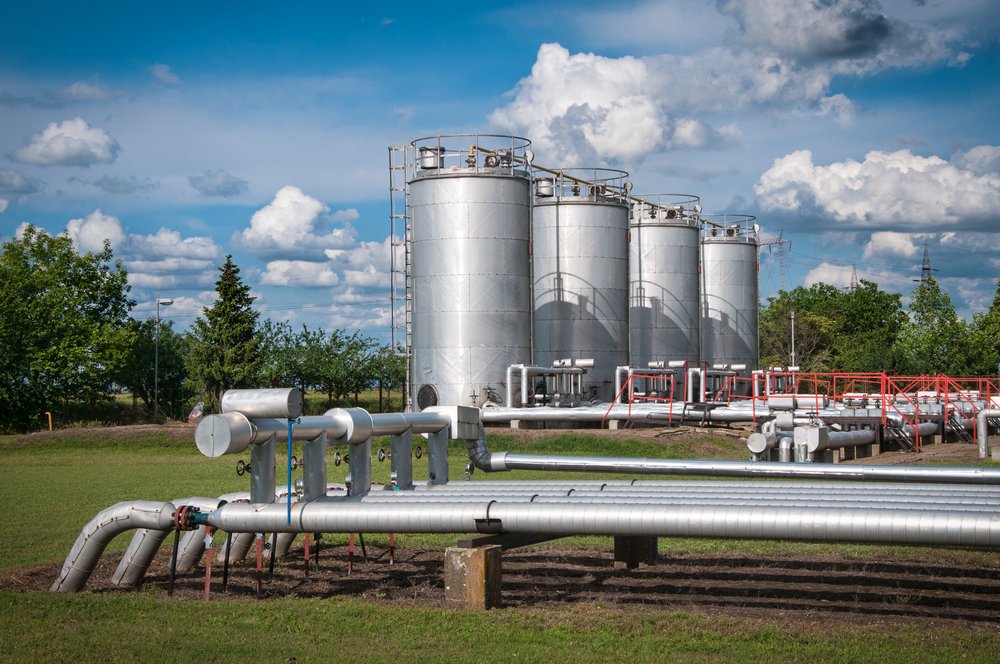German gas storage facilities are insufficiently filled. Compared to previous years and our European neighbors, the levels are at a worryingly low level ahead of the coming winter. Although the Ministry of Economic Affairs describes gas supplies for the winter as stable, experts warn of serious risks. In particular, the low level of just 20 percent in the country’s largest storage facility is fueling doubts about energy security. (tagesschau: 22.08.25)
Gas storage levels far below previous year
About a month before autumn, German gas storage facilities are presenting a critical picture. According to the Tagesschau news program, storage capacity was only 65 percent in mid-August, compared to 92 percent last year. This shortfall is a threat to energy security, especially since neighboring countries have built up larger reserves.

The situation is particularly dire in Rheden, where Germany’s largest storage facility is only 20 percent full. Michael Kellner of the Green Party told Tagesschau: “I don’t want to stir up panic, but I’m concerned that security of supply won’t be guaranteed in a very, very cold winter.” This warning demonstrates how fragile the gas supply currently appears.
Ministry relies on gas imports and terminals
The Ministry of Economic Affairs considers these concerns exaggerated. A spokeswoman explained: “Unlike in previous years, we currently have four floating liquefied natural gas terminals available for supply.” This is intended to cushion the low gas storage levels through additional gas imports.
The Federal Network Agency also emphasizes stability. It points out that the terminals can secure gas supplies and prevent bottlenecks. Furthermore, the alert level imposed after the Russian attack on Ukraine in 2022 has now been lifted. Nevertheless, it remains unclear whether gas imports alone can guarantee energy security.
German gas storage facilities in a European comparison
A look abroad reveals clear differences. Belgium achieves around 92 percent, while Poland and France reach around 80 percent. This puts the neighboring countries in a significantly better position. While German gas storage facilities are being filled only slowly, the neighboring countries are hedging against potential shortages.
The discrepancy exacerbates the risk for Germany. A severe cold spell could quickly deplete the low gas storage levels. Countries with higher reserves can react more calmly, while Germany remains more dependent on gas imports.
Energy security for the winter questionable
The debate about the right strategy is raging across politics and business. Critics see the low gas storage levels as a threat to energy security. While the floating terminals offer a flexible solution, they are no substitute for stable supplies.
Whether gas supplies remain reliable in winter depends on several factors: mild weather, stable gas imports, and a functioning infrastructure. Without fully stocked German gas storage facilities, however, the risk of bottlenecks increases. A European comparison clearly shows how large the gap is.
